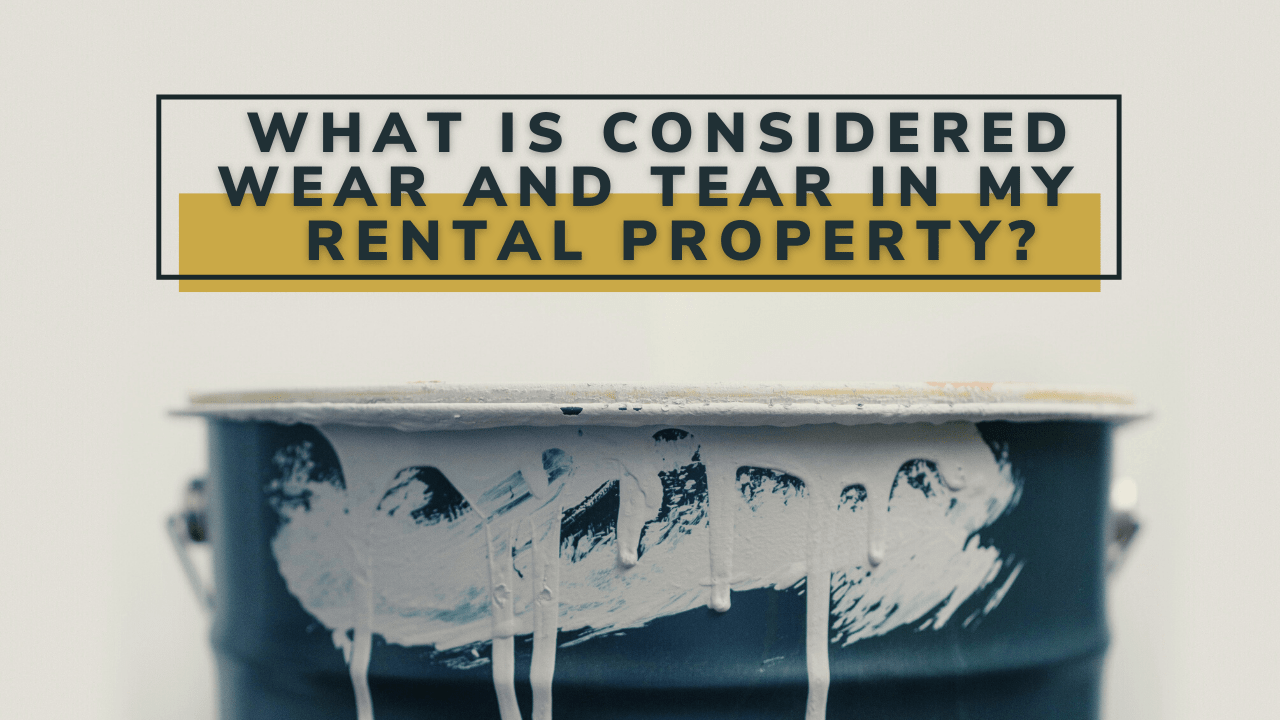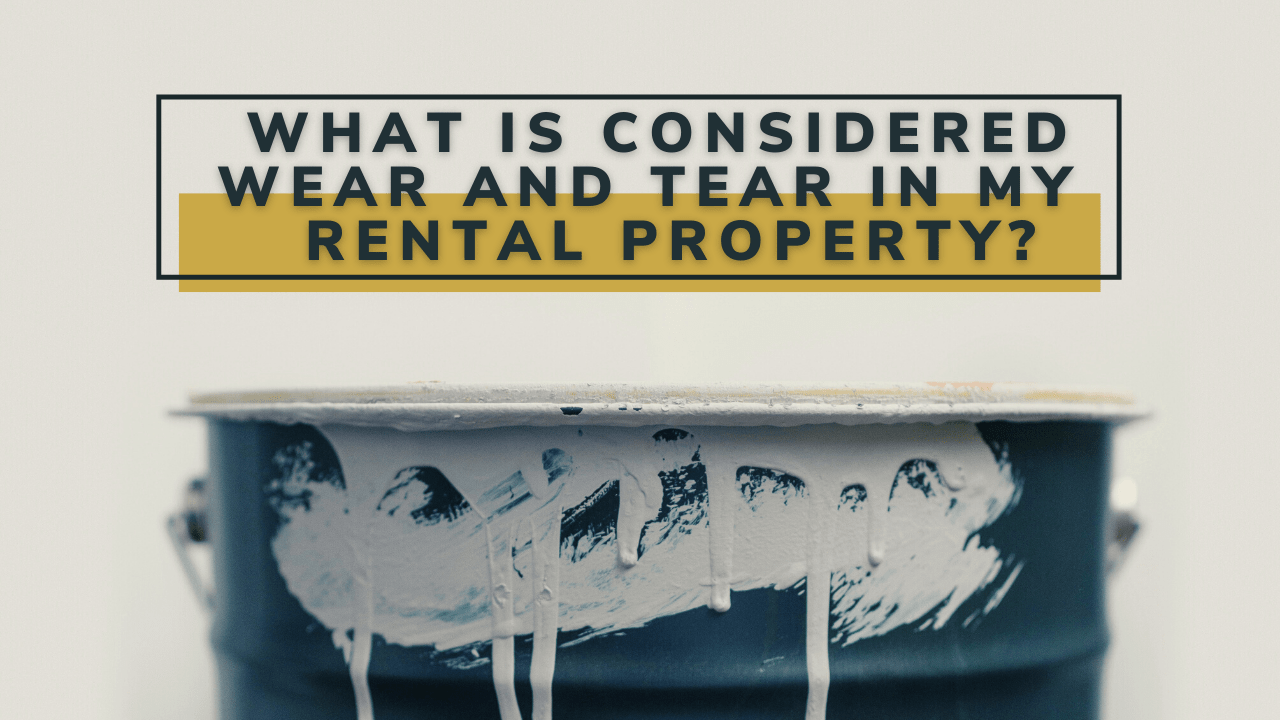
When you and your residents sign a lease, you’re agreeing that there will be a certain amount of normal wear and tear that occurs at your income property. This is expected and it’s something that would happen regardless of who was living there. It comes with living in a property.
Repairs that are needed due to property damage is another matter. While you cannot charge a security deposit for normal wear and tear, you can use the tenant’s funds to pay for damage that was due to their abuse or neglect.
The problem, of course, is that the definition of wear and tear is often subjective. How do you know when you’re looking at general deterioration, and when does it become damage?
Defining Normal Wear and Tear in a Woodstock Income Property
Georgia law defines wear and tear in a rather general way, saying:
“A landlord cannot retain a security deposit to cover normal wear and tear that occurs as a result of the tenant using the property for its intended purpose.”
This means you cannot spend your tenant’s security deposit making upgrades and updates that you’re responsible for yourself. If the tenant has not done any damage to your property beyond normal wear and tear in the course of a tenancy, you must return the entire deposit.
Examples of normal wear and tear might include:
- Small nail holes in the walls from where pictures were hung.
- Scuff marks on the walls from where furniture rested.
- Worn carpet in high-traffic areas.
- Loose grout between tiles, especially in the bathrooms.
- Doors or cupboards that have warped from humidity.
- Faded paint.
These are not things you would normally charge for when a tenant moves out and you’re preparing the property for a new resident.
Defining Property Damage in a Woodstock Rental Home
Property damage can be done intentionally by your tenant, but most often it’s accidental. It clearly goes beyond wear and tear, and in order to use your security deposit funds to pay for it, you must be able to document that the property didn’t look like that when the tenant moved in. That’s why move-in inspection reports are so critical.
Examples of property damage may include:
- Large holes in the walls or floors.
- Changes to the property, such as different paint colors that were not preapproved.
- Tears, stains, or holes in carpet.
- Water stains on wood floors.
- Broken appliances, doors, or windows due to abuse.
- Missing or cracked bathroom tiles and mirrors.
When you’re withholding money from the security deposit to pay for these things, document the amount you’re spending and why. You’ll need to provide an itemized list to your tenant.
How to Handle Pet Damage
 A good pet policy will protect your property from the potential damage that pets can cause. If you collected a pet fee or a pet deposit, that money should be used to pay for any extra cleaning that’s needed to eliminate lingering pet odors. If pet damage exceeds what you collected, you can charge the security deposit.
A good pet policy will protect your property from the potential damage that pets can cause. If you collected a pet fee or a pet deposit, that money should be used to pay for any extra cleaning that’s needed to eliminate lingering pet odors. If pet damage exceeds what you collected, you can charge the security deposit.
If you’d like some help determining how to best protect your income property from tenant damage, please contact us at Clients 1st Property Management. We can help you with wear and tear repairs as well as the identification of damage in your Woodstock rental home.


